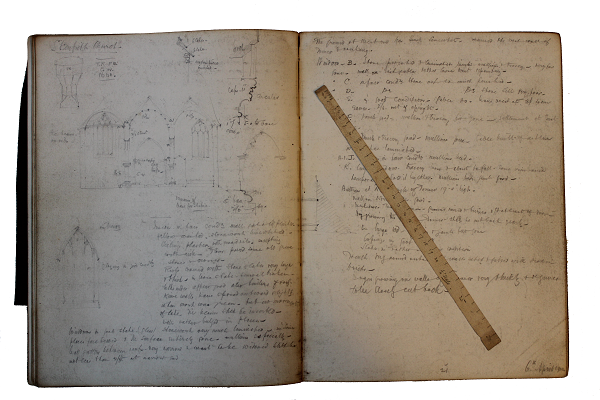Reginald Snell summed up Weir's working method as follows:
"Most important among the factors which go to make the system notable is his practice of employing direct labour and of obtaining materials at first hand. He does not work from a city office as most architects do. He relies on the men he has trained and upon unremitting personal supervision for his success. Most architects employ men who have been accustomed to their methods by always engaging a builder of their choice. But this does not always prove successful, for builders are at the disposal of many different architects, both those who restore and those who repair, and their men, more or less bewildered by the contrary instructions of different firms, are hesitant and fearful when they are not actively ignorant and thoughtless. On the other hand the men employed by Mr Weir know no other master, and when they are not directly trained by him they learn their special craft from others of older standing who have had that benefit. Thus tradition in repairs true and right as the great building tradition of the middle ages itself is being evolved. Mr Weir’s work has not been confined to the tradesmen alone, for he has from time to time taught younger architects, and through them has helped to establish a school of repair which must have a lasting effect on the architectural learning of our country." Snell, William Weir and Dartington Hall (1986) p 31
Image: page from Weir's notebook no. 5 with drawings of Skenfrith Church, Monmouthshire

